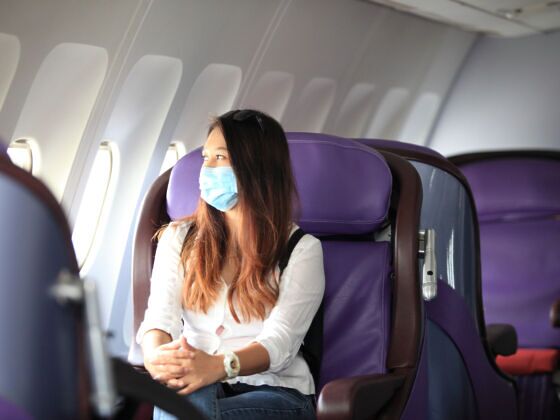MY NAME IS Ian and I am an airport alcoholic. I’m a nervous flier and I get tragic and poetic when I’m drunk, so plane wrecks seem noble and profound instead of scary.
Unfortunately alcohol on a plane is prohibitively expensive on domestic routes and sometimes unavailable if you are flying in the Middle East.
